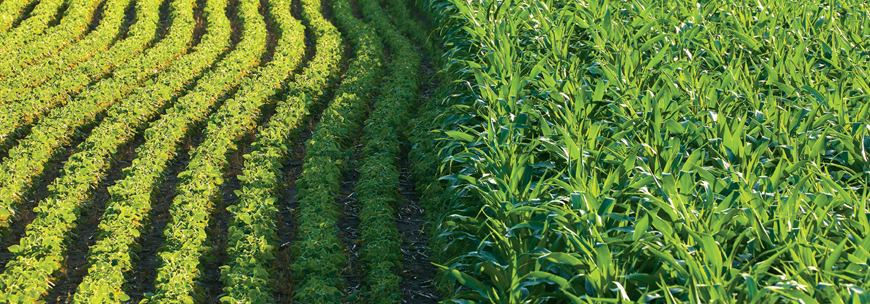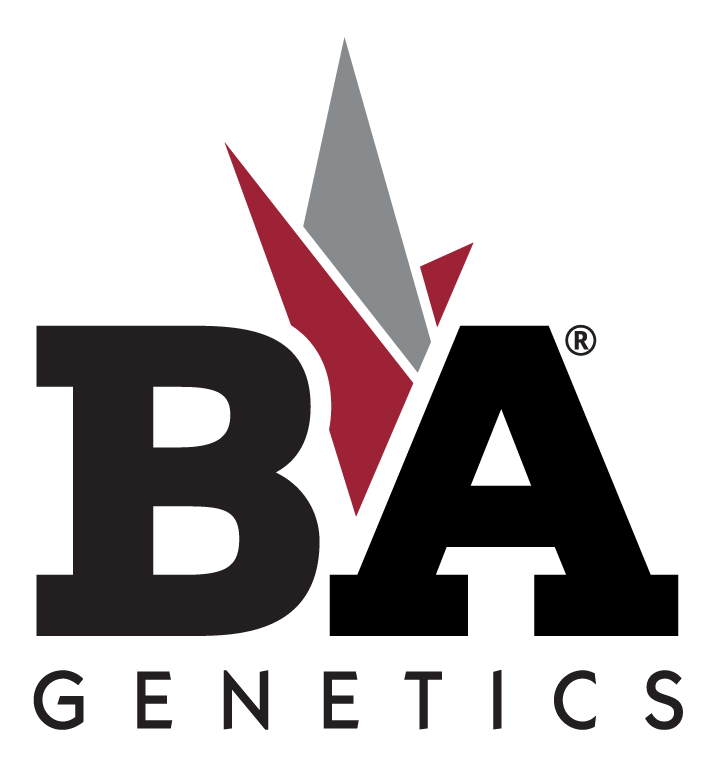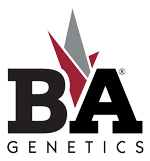
The Importance of Sulfur in Corn and Soybean Production
Why is Sulfur important?
Sulfur is an important nutrient in corn and soybean production as it aids protein and amino acid formation in the plant. In the past, sulfur was supplied by “acid” or high sulfur rain around the Midwest, from power plants and other sources. However, atmospheric sulfur has been reduced due to the reduction in sulfur emissions from power plants. As sulfur deficiencies continue to increase in the areas B&A Genetics® serves, it becomes more necessary to consider applying sulfur to your fields.
The two primary sources of sulfur available are elemental sulfur and sulphate sulfur. It is necessary for plants to take sulfur up in the sulphate form. The elemental sulfur needs to be converted to the sulphate form for plants to be able to use it.
How to Determine if Your Field has a Sulfur Deficiency
Sulfur deficiency appears as a pale green-yellow chlorosis throughout the plant, especially in the upper part or new growth. Sulfur deficiency in corn can also cause delays in maturity and cause it to tassel later. This deficiency can sometimes be misdiagnosed as a nitrogen deficiency.
Elemental Sulfur
Elemental sulfur must be oxidized to sulphate sulfur through microbial action. The conversion from elemental sulfur to sulphate sulfur is dependent on temperature and moisture. The higher the temperature, the higher the conversion rate to sulphate sulfur. Elemental sulfur is very immobile in the soil, which means it does not leach. Fall application is encouraged because the product has time to convert to sulphate for maximum plant uptake. One of the most common forms of elemental Sulphur is “TigerSul 90” which is sulfur mixed with bentonite clay to form a prille that can easily be mixed with many types of dry fertilizer.
Sulfate Sulfur
Sulphate sulfur is the easiest form taken up by corn and soybeans. Sulphate moves freely in soil and can be easily leached away because it does not bind with soil particles, like elemental sulfur. Sulphate sulfur is best applied as close to planting as possible, and it can be applied as a liquid 2×2 starter band, side dress application, or spread as dry material ahead of planting. Sulphate sulfur fertilizer is available in many forms such as: ammonium sulphate (dry), ammonium thiosulfate (liquid), and calcium sulphate (gypsum).
Sulfur on Corn and/or Soybeans
Sulfur needs for corn and soybeans vary. A 200-bushel corn crop uses 30 lbs. of sulfur for production of grain and stover. A 60-bushel soybean crop uses 20 lbs. of sulfur for grain and stover production. Growers need to pick the best form for their management practices, however it is a very common practice to add ammonium thiosulfate to 2×2 starter formulations. Ammonium thiosulfate can be added to side dress fertilizer if a grower uses liquid 28 or 32%. If a grower is using anhydrous ammonia, they can apply elemental sulfur in the fall, ammonium sulphate in the spring, and calcium sulphate (gypsum) in the form that best fits their management and logistics needs.
With sulfur deficiency becoming more common in the Midwest, growers have many options to correct sulfur deficiency. Work with your B&A EdgeUp® Advisor to create the best plan for your operation.

